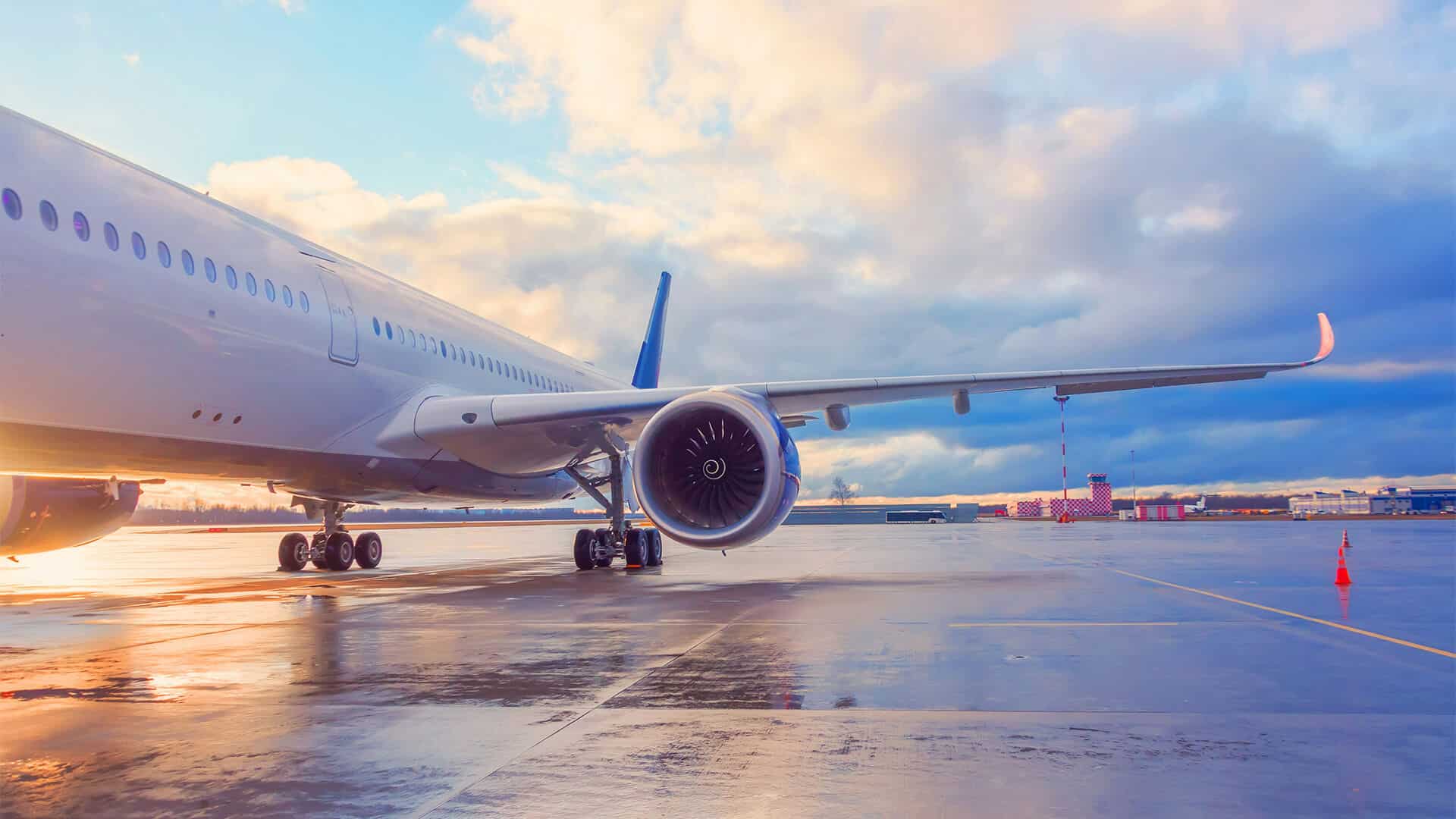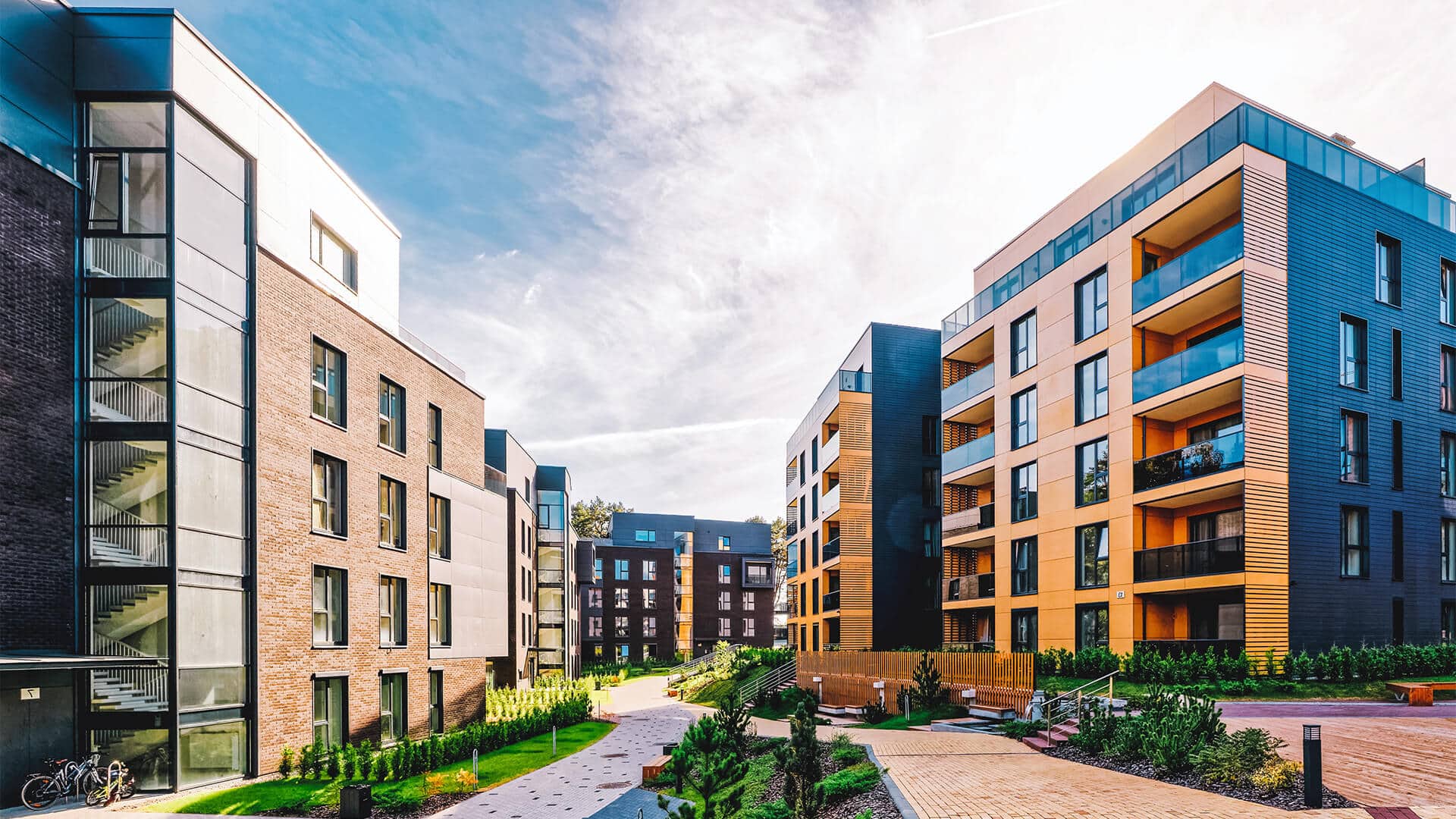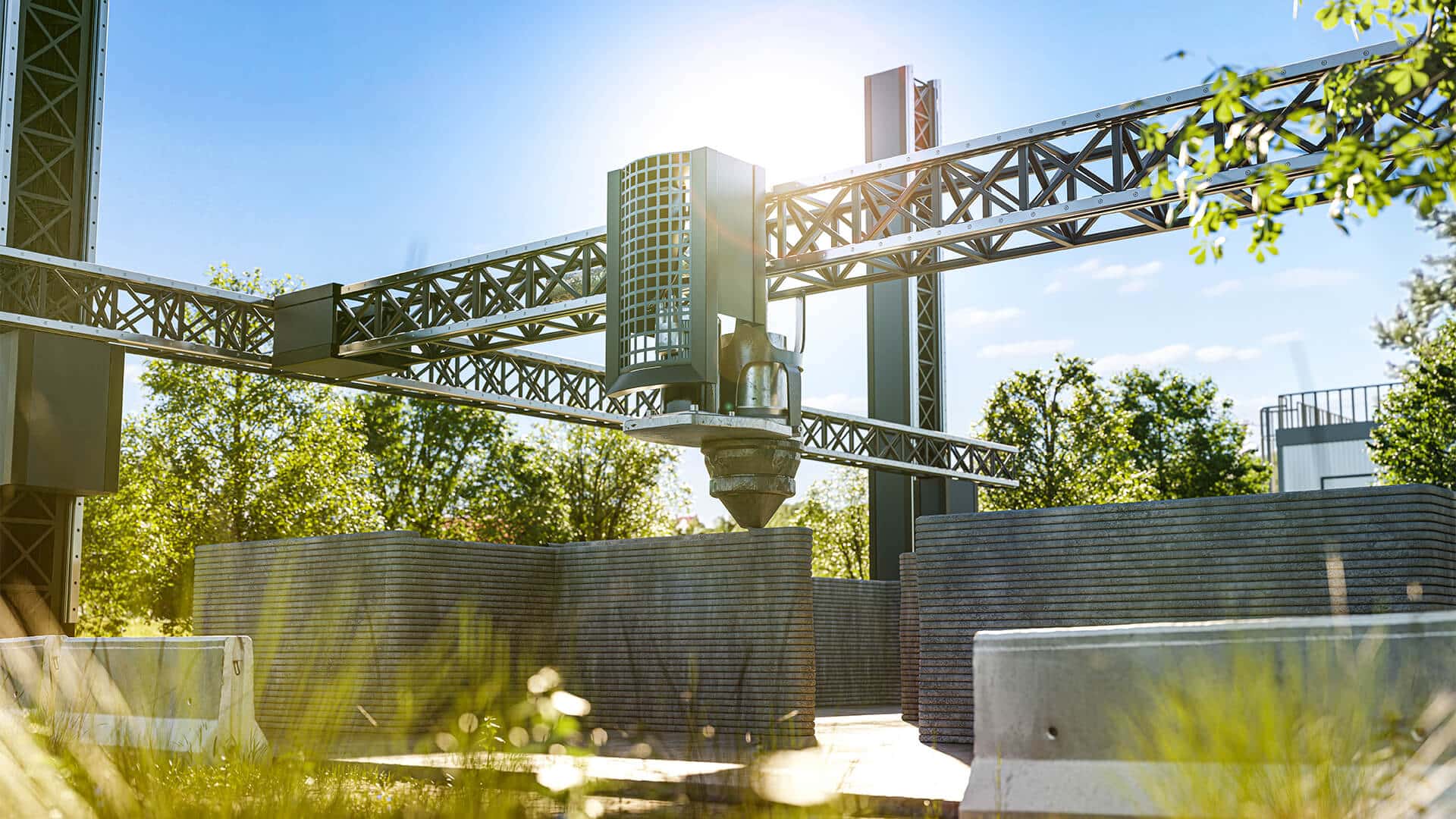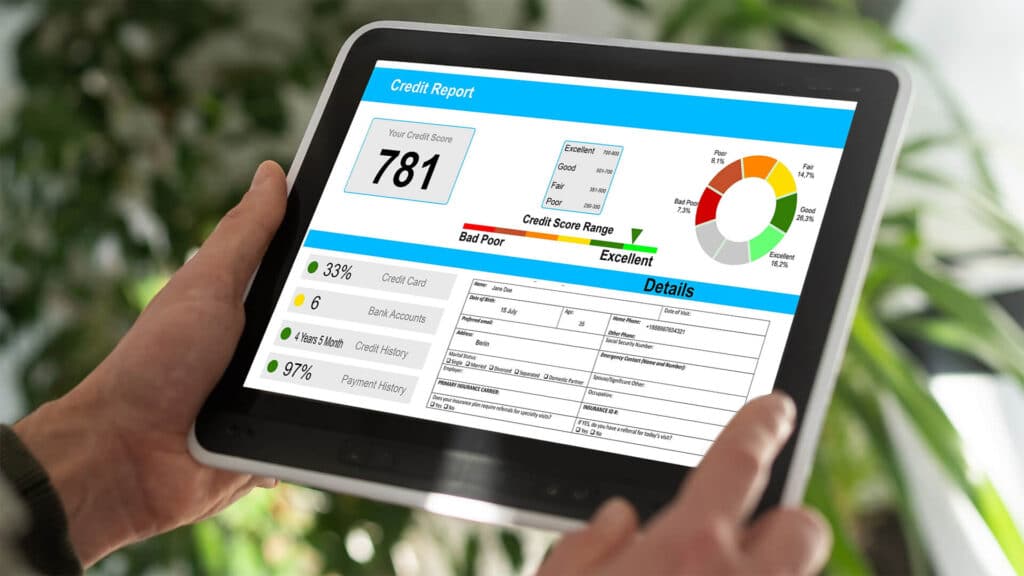Buckle up, train enthusiasts! Florida’s high-speed passenger train Brightline Rail officially opens a new route today between Miami and Orlando, marking the first major trial of a privately-owned U.S. train service in a century.
Brightline’s owner, Fortress Investment Group, has poured $5 million into the neon yellow bullets, which run on biodiesel and reach speeds of up to 125 miles an hour, shaving at least a half hour off the typical travel time between the cities by car. There are 32 daily time options for the 3.5 hour, 235-mile route, with tickets starting at $158 for business class, $298 for first-class, and $398 for a family pack. Fortress is banking on eventually having 8 million annual riders, as reported by the Associated Press.
“This is a pretty important moment, whether you’re thinking about it in the context of the state of Florida or what it might mean for these kinds of products as they develop elsewhere in the United States,” Brightline CEO Mike Reininger said. “The idea that my car is the only way for me to get where I need to go is being challenged by a new product. A new product that’s safer, that’s greener, that is a great value proposition (and) it’s fun.”
Brightline is not a total newbie on the track. It started shuttling people between Miami and West Palm Beach in 2018. In addition to the new Miami-Orlando rail, the company is now considering extensions to Tampa and Jacksonville. Plus, Brightline has its eyes set on a glitzy route between Southern California and Las Vegas by 2027, with trains flying at a dizzying 190 mph. Eat your heart out, Amtrak Acela!
But it is not all rainbows and unicorns. First the pandemic put the Miami-West Palm line on pause for over a year, then there was an awkward break-up with Richard Branson’s Virgin Group, leading to ongoing legal battles. As for safety – these trains have a bit of a grim track record, topping the charts in fatalities per mile. However, Brightline has not be found responsible for any of the deaths, with most deemed suicides. The company has vowed to do better with upgraded crossing gates and suicide hotline signs.
John Renne, director of Florida Atlantic University’s Center for Urban and Environmental Solutions, thinks the Miami-Orlando corridor is a sweet spot for high-speed rail. Almost 40 million people shuffle between these cities annually, mostly by car. If Brightline pulls this off, it could pave the way for more rapid-rail routes bridging cities that are just a smidge too far to Uber but too close to bother with a flight.
Brightline knows what it is up against. You can drive the Miami-Orlando stretch for maybe a hundred bucks round-trip, tolls and gas included. But why suffer through highway hypnosis when you could be enjoying train travel with amenities that rival the best of European rail?



















